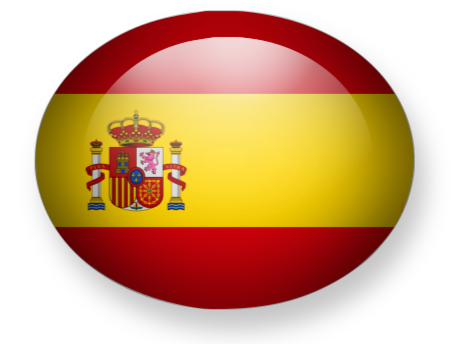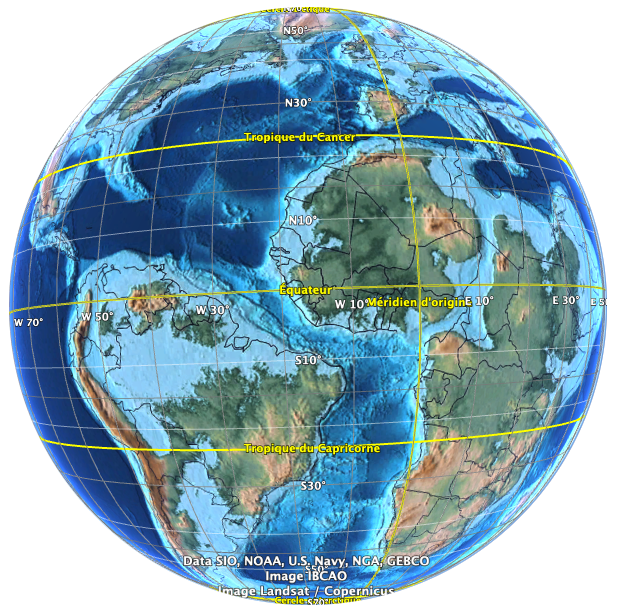Global Agency of Geosciences Experts
Global Agency of Geosciences Experts
Understand tectonic-thermal-sedimentologic evolution of any basin through time
Profesionnals with a Scientific background.
Background in Geosciences, petroleum geology or basic Petroleum Engineer knowledge
5 Session






 Geoid Training available
Geoid Training available

Basin formation
Plate tectonic settings; Subsidence mechanisms, Heat flow histories Quiz on basin types
Pre–Syn-Post-rift Inversion cycles. Pre and syn-kinematic cycles Quiz on recognizing basin cycles
Introduction into the basics of sequence stratigraphy; what is a sequence; how do they form Quiz on sequence stratigraphy
climate and ocean currents on depositional systems; arid vs humid climates; hot vs cold climates; upwelling zones to paleogeographic position of basin settings global oceanic anoxic events
Sedimentation in rifts, foredeeps, deltas, deep-water foldbelts. Source Rock development vs basin types: Types of source rock types; Exercise on identifying potential source rocks from seismic
Salt basins: and structural styles: intra-cratonic passive margin orogenic settings Exercise on identifying different stages of salt dome development.
Regional seismic interpretation: workstation interpretation of 3D data sets and regional basin-wide interpretations. Exercise on seismic interpretation of regional structural setting Regional structural evaluation: different basin type Sequence-stratigraphic concepts in seismic interpretation Chronostratigraphic charts based on seismic and well data Exercise making a chrono-stratigraphic chart Exercise seismo- tratigraphic interpretation
SE Asia, North Sea, Sirte Basin, Gippsland Basin, Malay Basin Exercise on identifying rift basin cycles from seismic
Typical development and characteristics; Southern North Sea, SE Asia, West Siberian Basin, Gippsland Basin, Malay Basin Exercise on identifying timing of inversion from seismic
Typical source rocks, reservoirs, seals and traps per basin cycle. Examples of fields and trap types
Passive Margin development: South Atlantic, Norway, Australia Exercise on identifying basin cycles from seismic
Structural style; petroleum systems and trap types
Deltas: Typical delta development; reservoirs and seals; typical traps; clay smear
Exercise on contouring in a typical delta setting
Basin cycles in deep-water foldbelts; pre-kinematic versus syn-kinematic Exercise (seismic line) on identifying pre- and syn-kinematic sequences and timing of structuration in a deep-water foldbelt







If you require a classroom training or a video training we’ll put you in contact with the best professor teaching in the language of your choice.
© 2022 All rights reserved